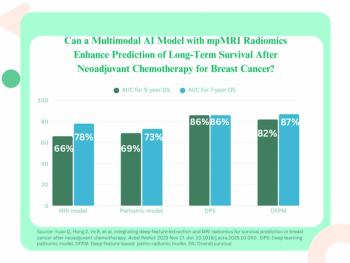
Report from RSNA: MR aids mad cow disease diagnosis
Researchers in Germany believe that MR imaging should be included among the World Health Organization’s options for diagnosing sporadic Creutzfeldt-Jakob disease (sCJD), which is associated with exposure to mad cow disease.
Researchers in Germany believe that MR imaging should be included among the World Health Organization's options for diagnosing sporadic Creutzfeldt-Jakob disease (sCJD), which is associated with exposure to mad cow disease.
Principal investigator Dr. Henriette Tschampa and colleagues at the Clinical University of Bonn enrolled 193 consecutive patients suspected of having the condition. All the patients had previously been examined by a neurologist from the German CJD Surveillance Unit in a study that took place between 1999 and 2002.
In addition to evaluating MRI's utility, the investigators paired study results with those of electroencephalography and 14-3-3 protein analysis. They found that MR provided a reliable diagnosis of sCJD.
In 442 scans, MR's sensitivity and specificity were nearly 70% and 85%, respectively, in patients with a clinical or postmortem sCJD diagnosis. Sensitivity and specificity for EEG and 14-3-3 protein analysis were 32% and 94%, and 91% and 44%, respectively.
MR's imaging protocol included T2-weighted, FLAIR, diffusion-weighted, and proton density-weighted sequences. Three independent observers compared and rated the studies and reached high agreement.
Even though MR's interpretation could require some effort, it provides useful information that could narrow down an sCJD diagnosis, it is 100% noninvasive, and it has an edge over diagnostic alternatives plagued by high false-positive rates. MRI is not among WHO's sanctioned diagnostic tests for sCJD, but the time to incorporate it has come, Tschampa said.
Newsletter
Stay at the forefront of radiology with the Diagnostic Imaging newsletter, delivering the latest news, clinical insights, and imaging advancements for today’s radiologists.




























